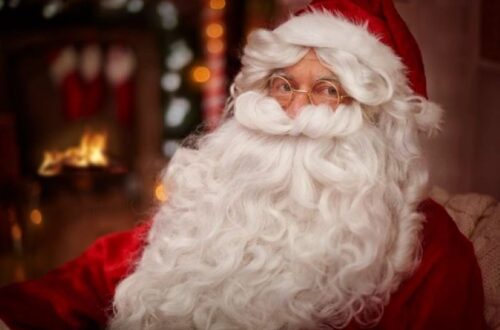
Exploring the History and Evolution of Artificial Christmas Trees in Commercial Settings
A Look Back: The Origins of Artificial Christmas Trees for Commercial Use
Ever since the mid-1800s, artificial Christmas trees have been an essential part of many households’ holiday decorations. What began as a simple novelty product has evolved into a high-end decorative item that adds an element of joy and cheer to thousands of homes around the world every year. But what is the history behind these beloved seasonal objects? How have they changed over time? And how did they become such a popular centerpiece in commercial settings? These are all questions worth exploring if we want to understand the evolution and impact of artificial Christmas trees.
The original artificial Christmas tree was created in Germany in the late 1800s by toy makers Wilhelm and Carl Kinkler, who had begun experimenting with new materials for their creations. They crafted individual branches from dyed goose feathers, which were then woven together with wire to form an entire tree. This unique material made the trees light but durable enough to last through multiple holiday seasons. The end result was an attractive yet affordable decoration that could be enjoyed by individuals throughout Europe and around the world.
These early trees soon became a hit with consumers, leading manufacturers to begin offering models made from other materials such as plastic sheeting or polyvinyl chloride (PVC). As technology advanced, so did the variety of artificial tree styles available; modern versions are now often composed of nontoxic thin plastic needles molded onto a metal rod or “branch.” New technologies also allowed for more intricate designs, including pre-lit models and those featuring built-in accessories like string lights and tinsel garlands.
Going Green for the Holidays: Eco-Friendly Artificial Christmas Trees in Commercial Settings
In recent years, artificial Christmas trees have become even more popular in commercial settings due to their numerous advantages over real ones. Unlike live trees, their flame retardant features make them much safer for building owners who don’t want to take any risk of fire hazards during busy holiday periods. Additionally, they can easily be taken apart and stored away at the end of each season — something that’s not possible with natural varieties. Finally, these products are much more sustainable than their real counterparts because they don’t require cutting down or replanting after use.
All in all, it’s clear that artificial Christmas trees have gone through quite an evolution since their inception in Germany over 100 years ago — a transformation that has allowed them to become one of the most popular winter decorations on earth today. From innovative materials used during production to sleek designs fit for any home setting or commercial setting alike, there’s no denying that these beloved objects will continue to bring joyous holiday memories for many years to come.




